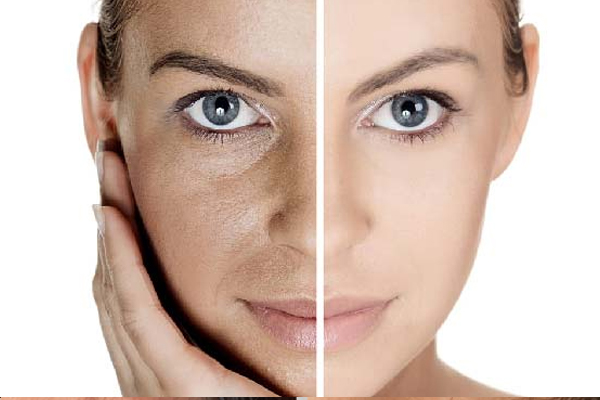Skin pigmentation treatment
Skin pigmentation issues can affect the evenness and tone of the skin, leading to concerns such as dark spots, hyperpigmentation, melasma, or uneven skin texture. Fortunately, there are various treatments available to improve skin clarity and restore a more balanced complexion.
Types of Skin Pigmentation Treatments
-
Laser Treatments
- Effective for treating dark spots, hyperpigmentation, and melasma.
- Targets pigment cells to break down excess melanin.
-
Chemical Peels
- Exfoliates the skin to remove discolored layers, promoting even skin tone.
- Suitable for mild to moderate pigmentation issues.
-
Microneedling with PRP (Platelet-Rich Plasma)
- Stimulates collagen production and helps fade pigmentation through controlled micro-injuries.
-
Melasma Treatment
- Special treatments targeting hormonal pigmentation with laser or topical therapies.
-
Topical Treatments
- Prescription creams and serums such as hydroquinone, retinoids, or kojic acid to fade pigmentation.
Benefits of Skin Pigmentation Treatments
- Reduces dark spots and uneven skin tone.
- Improves skin clarity and brightness.
- Enhances skin texture and smoothness.
- Boosts confidence by achieving a more uniform complexion.
Procedure Overview
1. Laser Treatments
- Types of Lasers:
- Q-Switched Nd:YAG Laser: Best for darker pigmentation.
- Fractional Laser Resurfacing: Targets pigmentation while stimulating collagen.
- Process:
- Laser light penetrates the skin to break down excess pigment, which is naturally absorbed by the body.
2. Chemical Peels
- Types:
- Superficial Peels: Glycolic acid or lactic acid for mild pigmentation.
- Medium-depth Peels: Trichloroacetic acid (TCA) for moderate pigmentation issues.
- Process:
- Chemical solutions remove outer layers of skin, revealing fresh skin without pigmentation concerns.
3. Microneedling with PRP
- Process:
- Microneedling creates controlled micro-injuries to stimulate skin healing, improving pigmentation over time.
- PRP enhances healing and accelerates pigmentation reduction.
4. Topical Treatments
- Process:
- Daily application of creams and serums that target melanin production, such as hydroquinone, azelaic acid, or kojic acid.
Recovery Process
-
Laser Treatments:
- Mild redness and swelling, resolving within a few days.
- Skin may flake as pigmentation fades, with full results seen after multiple sessions.
-
Chemical Peels:
- Temporary discomfort and peeling for 5-7 days.
- Visible improvement in skin tone after 2-3 weeks.
-
Microneedling with PRP:
- Mild redness and minor peeling for up to 5 days.
- Full results become noticeable after a few sessions over several weeks.
Ideal Candidates for Skin Pigmentation Treatment
- Individuals with uneven skin tone, dark spots, or hyperpigmentation.
- Those looking to improve skin clarity and texture.
- Healthy individuals without underlying skin conditions that may affect treatment outcomes.
Risks and Complications
-
Laser Treatments:
- Possible temporary redness, pigmentation changes, or minor scarring.
- Risk of hyperpigmentation or hypopigmentation in darker skin types.
-
Chemical Peels:
- Skin irritation, redness, and temporary sensitivity.
- Rare risk of infection or skin damage with improper technique.
-
Microneedling with PRP:
- Mild risk of infection or scarring if post-care instructions are not followed.
Cost Factors
- Type and severity of pigmentation issues.
- Number of sessions required.
- Type of treatment (laser, chemical peel, microneedling, etc.).
- Expertise of the specialist and location.



